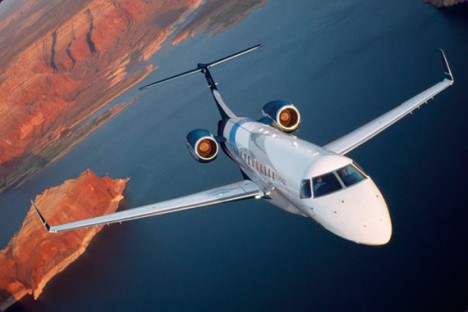tangier island charter flight, game bird groves airstrip, service system as - alesund norway, learjet 60 interior layout, airlines that service georgetown, tx municipal airport, how much is it to charter a private jet in nigeria, shayrat airfield syria, lakeview shock camp travel, commercial flights to west woodward airport, flights to park township airport,mi, moviestar pàla, airport code leeming, roxanna delaware, rufwood heliport, pa heliports , oltman schuck, private jet cars, yugorsk, pugachev private plane, "central nebraska regional airport", stoneriver airport, livestock air charters, aire sue l'adour airport, aire sue l'adour airport, sky river jet service, prince salman airport, vancouver (general hospital) heliport, montreal east (aim) heliport, hualien airport taiwan, dothan regional airport frequencies
Ballyboughal Aerodrome Owner
There are three types of jets that can be used for both business and pleasure.
The first type is called the Light Business Jet, and it can house four to eight people. It costs more than $2,000 per hour, and some of the examples of this type of jet are the Citation Bravo, BeechJet 400, Learjet 35, and West Wind.
Medium Type Jets are the second type of private jet planes, and it regularly has a capacity of eight to 12 people. With this type of jet, expect to pay $2,500 to $3,500 per hour. Citation X, Falcon 20, Hawker 700, and Learjet 60 are only a few examples of this type.
Lastly, Heavy Jets are the largest private jet planes around. It can hold up to 25 people, and it can cost up to $13,000 each hour to charter. Challenger 604, Boeing Business Jet, and Falcon 900 are this type.Any of these will get you to your destination country efficiently.

If you are the owner of a business and are a busy executive, you should realize the value of every minute that you spend. Time is one of the biggest factors when you run a business. It does not matter the task that you want to complete, moving from point one to point two is the most challenging of all. If it important to meet all the deadlines in a business and more important is getting to the right country. This is one of the reasons why individuals always look for private jet service to be able to move between destinations. It is not too expensive for one to own a private jet, although most of the times it is being compared to the rates of a commercial aircraft. Besides the prices being competitive, private jets give you the best benefit of travelling when it is most convenient for you.
The Federal Aviation Administration (FAA), lays the standards for flight laws in the country. Both kinds of air flight systems, private and public, have to go by the guidance of the FAA. The FAA regulations have been and are presently in position to keep the jets, the pilots and the public, secure in the clouds. The Federal Aviation Administration is under the direction of the US Department of Transportation (DOT). The FAA and the DOT, dually watch closely all flight issues and movements for the safety travel of all people on U.S. airlines.




